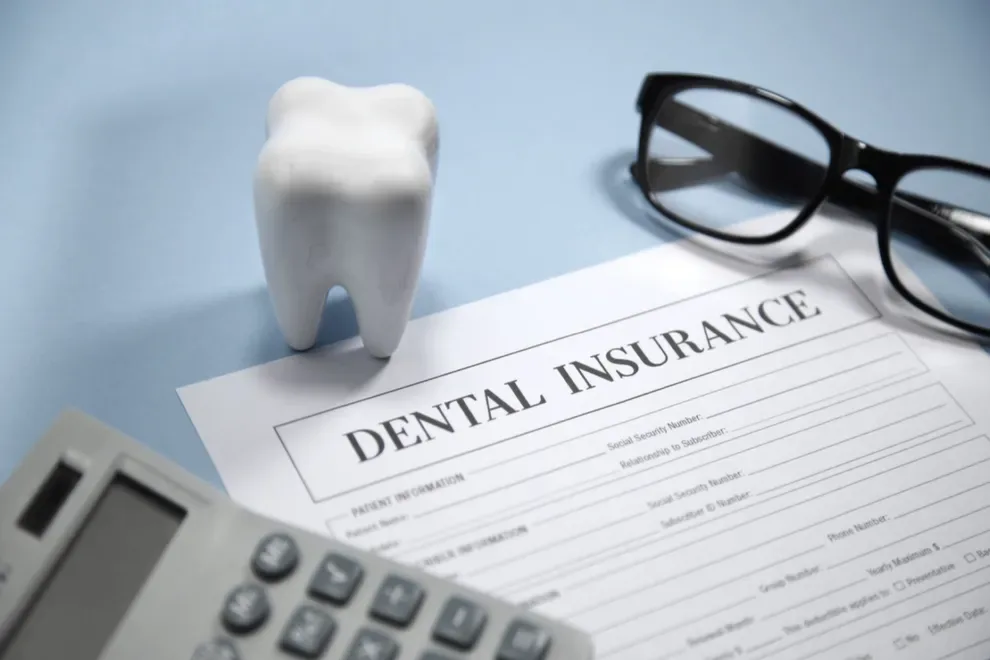Does Guardian Dental Cover Teeth Aligners?

Table of Contents
- Average Cost of Aligners Before Insurance
- How to Get Orthodontic Coverage
- How to File a Claim
- Other Payment Options
The top-tier dental insurance plan under Guardian Direct offers coverage for teeth aligners.
Teeth aligners commonly fall under cosmetic dentistry. Because of this, they are not regularly covered by dental insurance.
Guardian Direct classifies teeth aligners in the same category as traditional braces and offers coverage for teeth aligners under their top-tier plan. The Guardian Direct Diamond plan is Guardian Dental’s most comprehensive dental insurance plan and provides this coverage for teeth aligners.
Average Cost of Teeth Aligners Before Insurance
Teeth aligners vary in price by brand and provider. They are not always covered through dental insurance. They are often classified as a cosmetic treatment, and orthodontic coverage may only be offered through insurance for children and adults up to age 19.
Generally, teeth aligners will cost less than traditional braces. Average costs before insurance based on specific brands of teeth aligners are as follows:
| Brand | Average cost |
|---|---|
| Invisalign | $3,000 – $8,000 |
| Byte | $2,000 – $3,500 |
| SmileDirect | $2,000 – $2,500 |
| Candid | $2,000 – $3,500 |
| ALIGNERCO | $1,000 – $1,500 |
What Will Guardian Dental Usually Cover?
The Guardian Direct Diamond plan is the only Guardian dental plan that offers coverage for orthodontics, including teeth aligners. With the Guardian Direct Diamond plan, you can receive coverage for up to 50% of the total cost of the treatment with a lifetime maximum of $1,000.
Coverage for teeth aligners and orthodontic work is only available for members up to age 19. In order to be covered, there is a one-year waiting period after obtaining a Guardian Direct Diamond plan before treatment can begin.
If you live in New York, Texas, Florida, or Illinois, you may be eligible for the Guardian Direct Managed DentalGuard DHMO (dental health maintenance organization) plan that can provide orthodontic treatment for adults over the age of 19, with no waiting period and a fixed copay of $2,800. This means that any coverage for teeth aligners will not kick in until after that amount is paid.
How to Get Orthodontic Coverage Through Guardian
To get orthodontic coverage through Guardian, you will need to find a plan and enroll on their website. In order to have orthodontic coverage through Guardian, you will need their top-tier plan.
Once you are enrolled and have set up your account online, you can choose an in-network provider.
Remember for orthodontic treatment you will need to wait for 12 months after obtaining coverage and paying your monthly premiums to receive care. You will then need to use an in-network provider and receive your orthodontic treatment in this provider’s office directly.
For at-home treatment, Guardian has partnered with Byte as an in-network provider to offer teeth aligners at a discounted price, which can be as low as 60% less than traditional braces. If you have Guardian dental insurance, start your at-home treatment by signing up here.
How to File a Claim with Guardian
When receiving orthodontic treatment from a provider in their office, they will typically take care of filing the claim for you.
If you need to file a claim yourself, you can do so electronically or use a paper claim form and send it in the mail.
For more details on how to file a claim, follow the steps outlined on Guardian’s website.
Other Payment Options if Aligners are Not Covered
In the event that you are not covered by Guardian for your orthodontic teeth aligner treatment, there are several alternative methods you can use to pay for your treatment. Here are some options:
Flexible spending account (FSA): this type of account is offered by your employer, and it puts some of your money into a specialized account that can then be used to pay for health care expenses, including orthodontic, and aligner treatment.
Health savings account (HSA): As a tax-exempt account, you and/or your employer can put pre-tax money aside to be used for teeth aligners and other health care expenses.
Dental savings or discount plan: These plans are not insurance, but they can offer you discounts on teeth aligners with partnered providers. Sometimes, the savings can be significant.
Financing options: This can include payment plans or financing options through the provider directly or a third-party company. It breaks down the total cost into smaller monthly payments that are more manageable. Often, there is no or very low interest for a period of time.
